Gudam Village (구담마을)
15.4Km 2024-04-07
49, Cheondam 1-gil, Imsil-gun, Jeonbuk-do
+82-63-644-9051
Located at the beginning of the Seomjingang River, the steep banks in Gudam Village are covered in maehwa (plum blossoms) in white and red. While strolling along the 3-kilometer-long path of the riverside that connects Gudam Village to Cheondam Village, tourists will be impressed by the beautiful scene created by the plum and cherry blossoms. The village became more and more famous thanks to its cozy ambience created by the Seomjingang River, plum blossoms and Zelkova at the mouth of the village, attracting visitors to enjoy a walking trip. The village has also served as a filming location for movies, including the film "Spring in My Hometown (1998)."
Myeonangjeong Pavilion (면앙정)
16.2Km 2025-01-09
382-11 Myeonangjeong-ro, Damyang-gun, Jeollanam-do
+82-61-380-2811
Myeonangjeong Pavilion is located on the slopes of Jebongsan Mountain in Damyang-gun. The pavilion was constructed in 1533 by Song Sun (1493-1583), who built it as a place for writing poems. After its construction, the pavilion served as a meeting place for scholars and intellectuals and was even frequented by Lee Hwang (1501-1570), a representative Confucian scholar who is pictured on the 1,000 won bill.
The roof of Myeonangjeong Pavilion was originally made of reeds, straw, grass and other materials which could not withstand the elements. After several repairs, the building was developed into the wooden structure that it is today.
From the back of the pavilion, you can see the mountain range and open wide fields; renowned scholars’ poems are engraved on the wooden panels that decorate the pavilion walls.
Café Hanok (카페하녹)
16.5Km 2024-02-19
714-40 Changpyeonghyeon-ro, Changpyeong-myeon, Damyang-gun, Jeollanam-do
Café Hanok is a café renovated from an old traditional hanok, offering a serene ambiance where visitors can experience the beauty of Korean tradition. One of its signature dishes is the homemade injeolmi waffle (bean-powder-coated rice cake waffle), a sweet and nutty treat that perfectly combines injeolmi (bean-powder-coated rice cake) with waffles. It pairs well with the shakerato (espresso shake), a beverage that blends the qualities of a shake and a latte. Exploring the café's various corners decorated with traditional items adds to the charm of the visit.
Gotaekhanok (고택 한옥에서)
16.7Km 2024-12-23
88-9 , Doldam-gil, Damyang-gun, Jeollanam-do
+82-10-3606-1283
In A Hanok is a grand old house in Samjinae Village, Changpyeong, Jeollanam-do - a member of the international Slow City movement. The house comprises a sarangchae (men’s house), an anchae (women’s house), outbuildings and a spacious yard and garden. Local tourist destinations such as Soswaewon Garden, Songgangjeong Pavilion, and Damyang’s bamboo forest and redwood road are all within 30 minutes, of the house. Visitors can rest here while drinking in the atmosphere of the old Korean countryside.
Damyang Changpyeong [Slow City] (담양군 창평면 [슬로시티])
17.1Km 2021-04-16
56-24, Doldam-gil, Damyang-gun, Jeollanam-do
+82-2-383-3807
Damyang Changpyeong Samjinae Village is a farming village that produces vegetables and fruits including tomatoes and strawberries. The name of the village goes all the way back to early Goryeo period. Changpyeong is home to many important historical figures and known for its regional foods and local produce.
Erang Hanok Stay (이랑한옥스테이)
17.1Km 2024-12-23
1571-6 , Indeok-ro, Imsil-gun, Jeonbuk-do
+82-10-3119-5300
Irang Hanok Stay stands in Deokchi Village, Imsil-gun, Jeollabuk-do. The village has the Seomjin River flowing past it and mountains all round it, so this is a benign and beautiful spot. Accomodation consists of four renovated hanok, each let out as a single house. Each house has one ondol room, one bedroom, a kitchen/living room, and a bathroom. The numaru(raise floor) and toenmaru(wooden veranda) are depending on the room.
Cooking strong smelling food inside is not allowed, but there is a barbecue space in the yard. An outdoor swimming pool is open in the summer.
Gokseong Dorimsa Temple (도림사(곡성))
17.3Km 2021-05-14
175, Dorim-ro, Gokseong-gun, Jeollanam-do
+82-61-362-2727
Dorimsa Temple was built by Monk Wonhyo in 660 during the 7th year of King Muyeol. Located approximately 4 kilometers west of Gokseong-eup, the temple houses Bogwangjeon Hall, Yaksajeon Hall, and Eungjindang Hall, among other buildings. The nature surrounding the temple is beautiful all year round, and the water flowing through the nearby valley makes it a popular place to visit during the hot summer season.
Gokseong Dangunjeon Shrine (곡성 단군전)
18.6Km 2021-05-27
33, Yeongun 1-gil, Gokseong-gun, Jeollanam-do
+82-61-360-8379
Dangunjeon Shrine was built in honor of Dangun, a legendary figure known to be the founder of Gojoseon, or ancient Korea. He is known to be the grandson of the heavens and the son of Hwanung. According to the legend, Hwanung was approached by a bear and a tiger who wished to become human beings. Hwanung attended to their plea by instructing them to avoid sunlight for 100 days and live only by consuming garlic and mugwort. Unlike the tiger who gave up, the bear followed the instructions faithfully and transformed into a woman, who then married Hwanung and gave birth to Dangun.
Located near Yeonguncheonbyeon in Gokseong-eup, Dangunjeon Shrine was first founded in Hakjeong-ri, Samin-dong in 1916 by Shin Tae-yun, also known as Baekdang, but later moved to its current location and went through reconstruction in 1931. An annual ancestral rite takes place at the shrine on October 3 (National Foundation Day) and March 15 to pay respects to Dangun. Dangunjeon Shrine was also a place where civilians gathered to take an oath of patriotism in action against the Japanese during the Japanese colonization period; a stone plaque commemorating the March 1st Independence Movement and Baekdang Memorial Hall dedicated to Shin Tae-yun can also be found within the area. Shin Tae-yun was captured by Japanese soldiers during the March 1st Independence Movement and served two years in prison.
Association for Preservation of Pilbong Farmers Music of Imsil (임실필봉농악보존회)
19.0Km 2024-12-13
272 , Gangun-ro, Imsil-gun, Jeonbuk-do
+82-63-643-1902
Chwirakwon is a popular hanok stay operated by the Association for the Preservation of Pilbong Farmer's Music of Imsil. Chwirakwon offers rooms for two or for groups, depending on the number of guests. There are 11 guest rooms, all of which have a private bathroom with a shower. It is recommended that you check ahead of time whether cooking facilities are available in each room. At Pilbong Cultural Village, you may dine in the restaurant or rent a grill. A permanent performance is held every Thursday through Saturday under the theme of Imsil Pilbong Nongak. Nearby tourist attractions include Okjeongho Lake and the Hoemunsan National Recreational Forest.
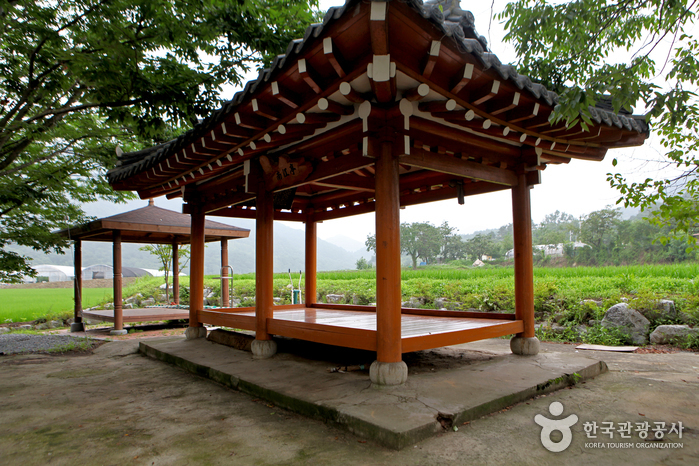
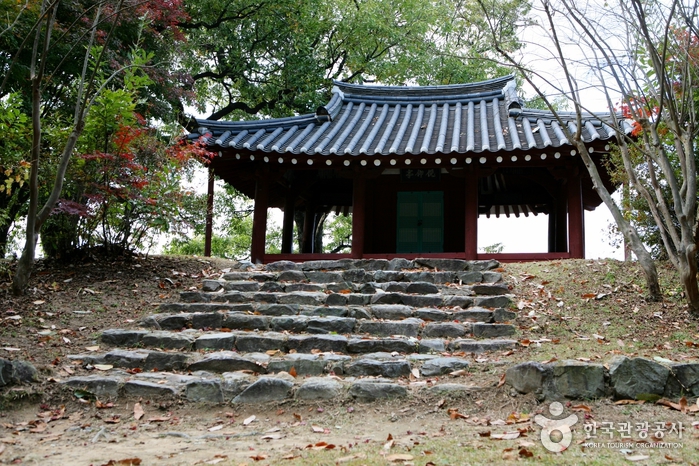
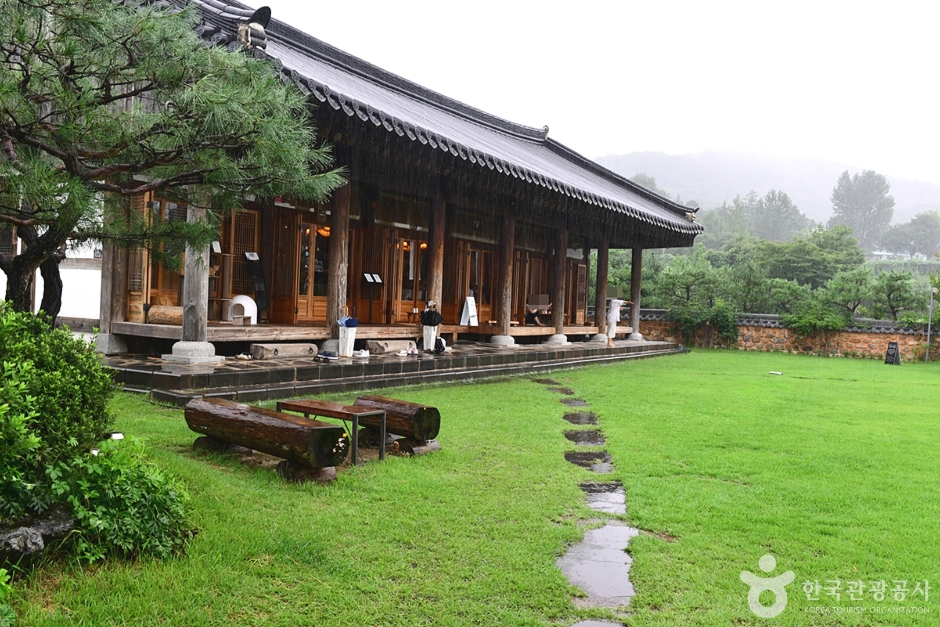
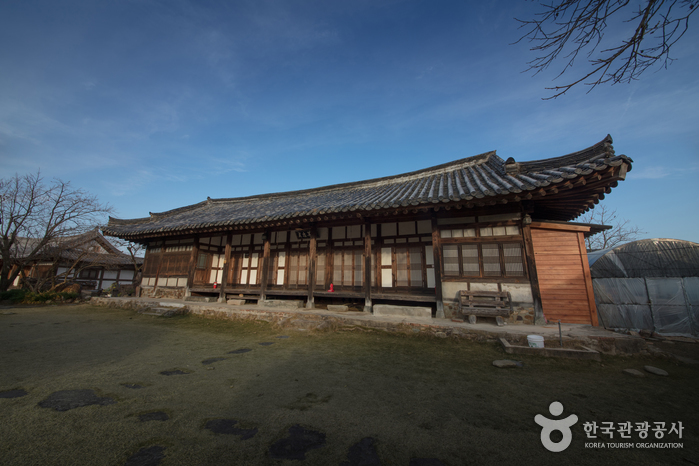

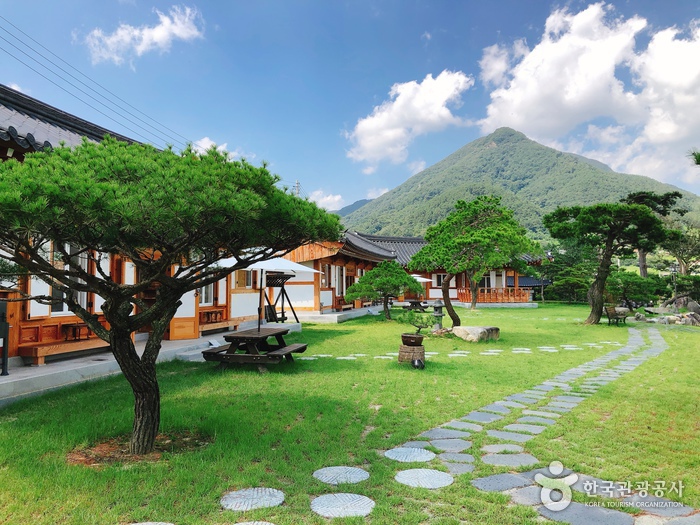
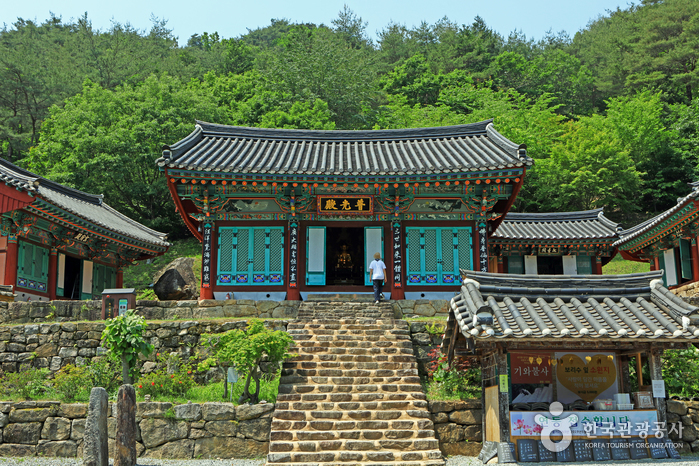
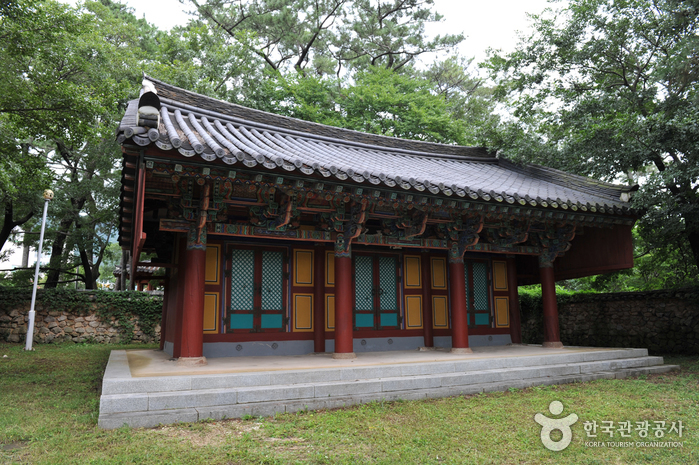
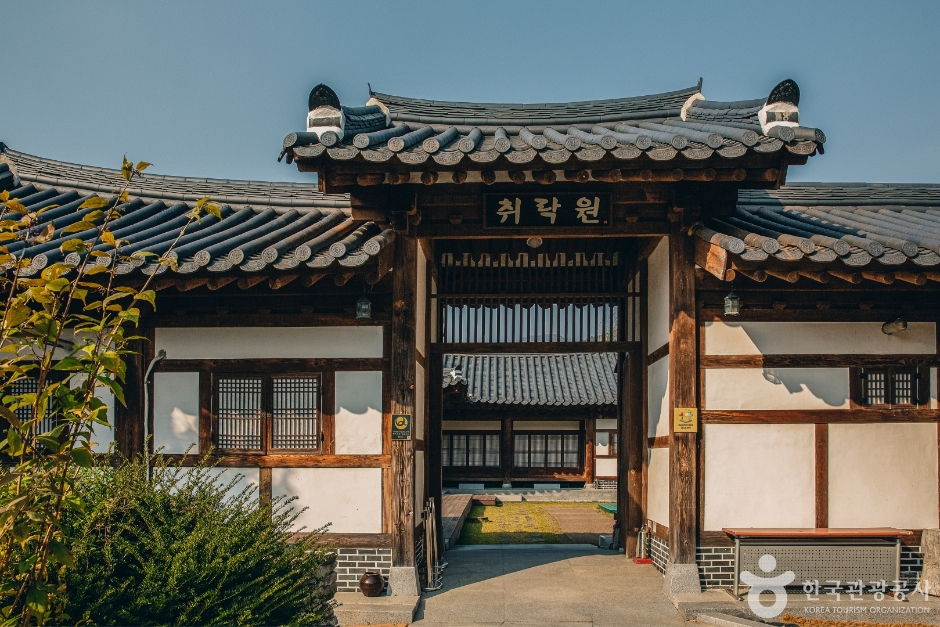
 English
English
 한국어
한국어 日本語
日本語 中文(简体)
中文(简体) Deutsch
Deutsch Français
Français Español
Español Русский
Русский